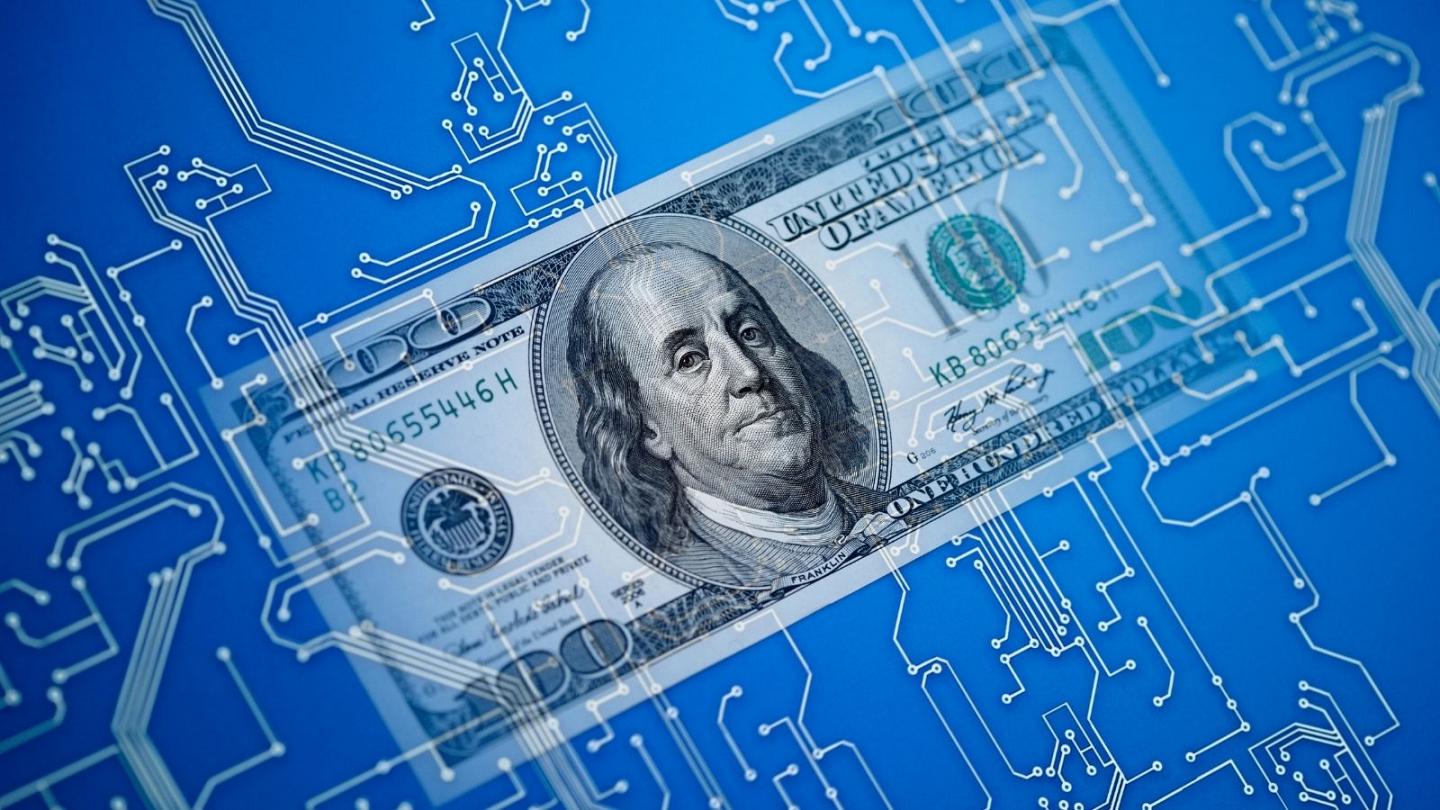#crypto #blockchain #CBCD #US #Fed #FDIC #KNIGHTS #knightsbridge #HongKong #PBoC #RMBYuan #eCNY
$eCNY $KNIGHTSUSD
“China’s digital RMB Yuan has the global stage at the Winter Olympics we believe the US leads the worldwide digital currency schemes”–Paul Ebeling.
The world’s 1st central bank digital currencies (CBDCs) outside mainland China will start arriving this yr. And people should have appropriate expectations, because these CBDC pilots may disappoint central bankers, blockchain enthusiasts and end users.
CBDCs are pitched as safer, government-backed alternative to fiat currency stablecoins, they are not going to arrive in any form that looks familiar to existing stablecoin users as they will not be on a public blockchain.
At the consumer level, CBDC experiments in Y 2022 will offer functionality comparable with familiar consumer payment services – only run directly by the central bank. However, as central banks are not historically known for their consumer services, this may not produce the most compelling user experience.
The Fed has unveiled its thinking about how a central bank digital coin might operate, without taking any firm stance on the topic. Now just 2 countries, Nigeria and the Bahamas, have functional CBDCs, while a few other economies are moving toward pilots this yr.
As the Fed takes careful steps toward issuing a digital dollar, we believe that private stablecoins will coexist with a central bank digital currencies in the future, as policymakers emphasize that this industry is here to stay and is growing.
A digital dollar would be in a strong position compared with private stablecoins during times of market stress because an American digital dollar would hold Zero credit and liquidity risk.
This wk the US Presidential Working Group recommended that stablecoin issuers be insured depository institutions, not that stablecoins need to have deposit insurance. Requiring deposit insurance is an issue for further discussion and would depend on what types of assets would be needed to back stablecoins.
This is not about FDIC insurance for a fractional reserve bank. But is it possible that there is some insurance framework that is more specific to the risks of the reserves and liquidity of a stablecoin, there a things to work out and that will take time.
Have a happy, prosperous weekend, Keep the Faith!









